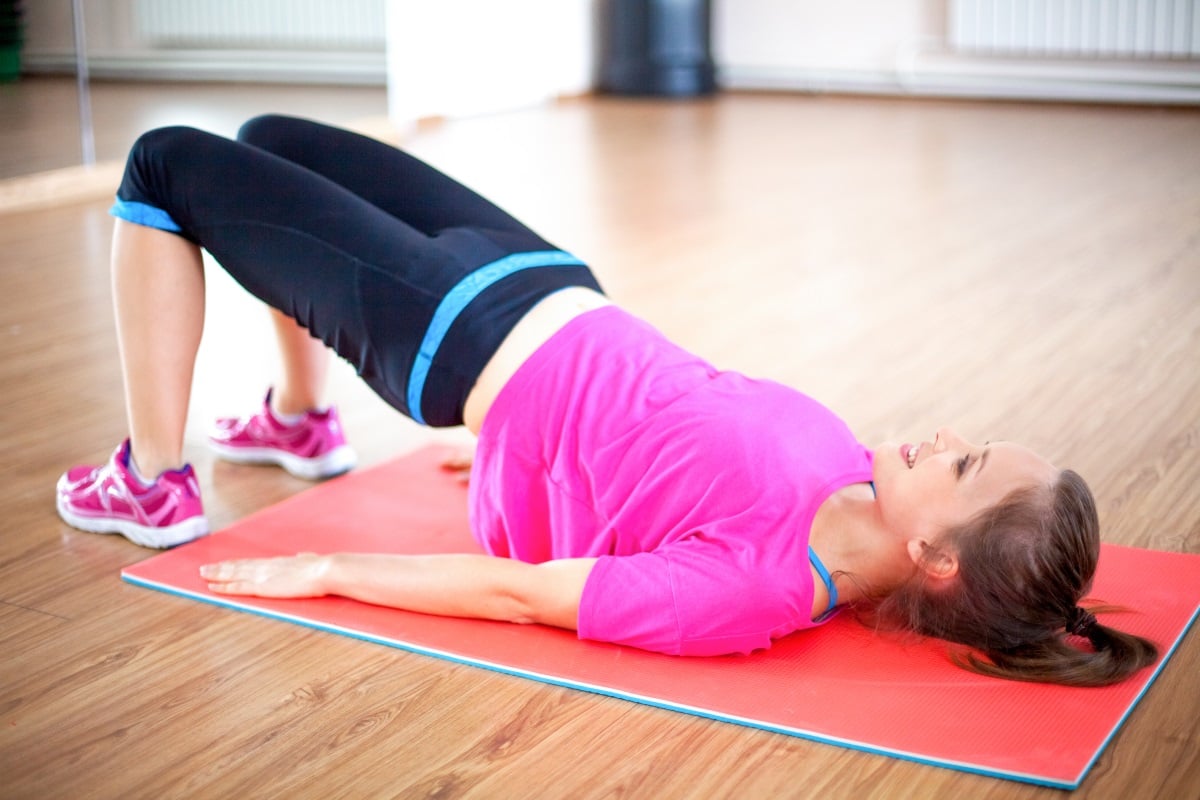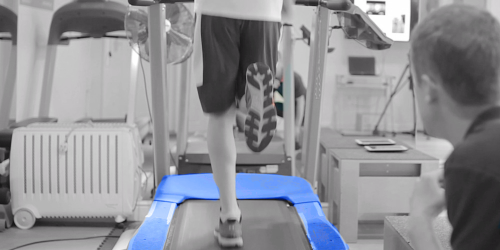What is cervical spondylosis?
Cervical spondylosis, which often causes pain and stiffness in the neck, affects more than 85% of people aged 60 and over. The condition refers to “wear and tear” in the disks and joints of the cervical spine, which is made up of seven small vertebrae that form the neck.
It is also known as arthritis of the neck or cervical osteoarthritis.
Symptoms of cervical spondylosis
Many people with cervical spondylosis do not have any noticeable symptoms and, for those who do, symptoms tend to come and go.
The most common symptom is stiffness and pain in the neck, which, in some cases is severe and debilitating. In most cases, however, it does not stop them from getting on with their usual daily activities.
Symptoms can be made worse by holding the neck in the same position for a long time, for example when reading a book or driving.
Other symptoms can include headaches, muscle weakness and a popping or grinding sensation when the neck is turned.
In rare cases, nerves in the neck can become trapped, which can lead to pain in the arms or pins and needles in the arms and legs. Trapped nerves can also lead to a loss of feeling in the hands and legs, co-ordination problems and difficulty with walking.
Are you worried about your neck or back pain? Book a free online consultation.
Cervical spondylosis treatment
Symptoms of cervical spondylosis can usually be relieved in three main ways:
i) Exercise, including specific home stretches to relieve the symptoms, as well as activities like walking and swimming.
ii) Treatment by a trained physiotherapist with experience of treating cervical spondylosis.
Your physiotherapist can show you how to strengthen and stretch the neck, how to work on improving your posture and the best ways to stop neck pain from coming back.
They can also mobilise the joints and loosen muscles to maximise available movement, relieve stiffness and to restore normal function.
iii) Taking non-steroidal anti-inflammatory drugs (NSAIDs) including ibuprofen and naproxen to ease the pain.
3 at home exercises for cervical spondylosis
These exercises help to relieve the symptoms of cervical spondylosis by reducing the stress and tension in the neck and the areas around it. Please stand up or sit down to perform the stretches and keep breathing deeply throughout.
i) Chin tucks
Move your chin towards your chest and hold it there for a few seconds (you should feel the stretch from the bottom of the skull and down the neck).
Repeat between 10-30 times.
ii) Lateral neck stretches
This exercise stretches both sides of the neck.
Start by relaxing your shoulders. Slowly move your left ear towards your left shoulder to bend your neck to the left. When you feel the stretch on the side of your neck, hold it there for a few seconds. Gently move back to the starting position and repeat on the right-hand side.
Repeat the process between 10-30 times.
iii) Shoulder forward raise
With your arms down by your side lift both shoulders slightly up towards your ears. Holding them in that position slowly lift one arm straight out in front of you to 90 degrees and then back down again. Repeat this on the other arm and then continue to alternate left and right. Make sure that you try and keep the shoulders still and in the slightly elevated position throughout the exercise.
Repeat 2 X 15 repetitions on each arm
IMPORTANT: These are general guidelines. If you have any concerns, please contact us.
Please don’t take any chances with a stiff or sore neck – it’s always best to speak to the specialists.
Our physiotherapists have helped scores of people to deal with cervical spondylosis. The majority of cases respond well after a few weeks of treatment.
Are you worried about your neck or back pain? Click here to book a free online consultation.
Or
Call one of our clinics now
Woking clinic 01483 600351.
Egham clinic 01784 618118.






